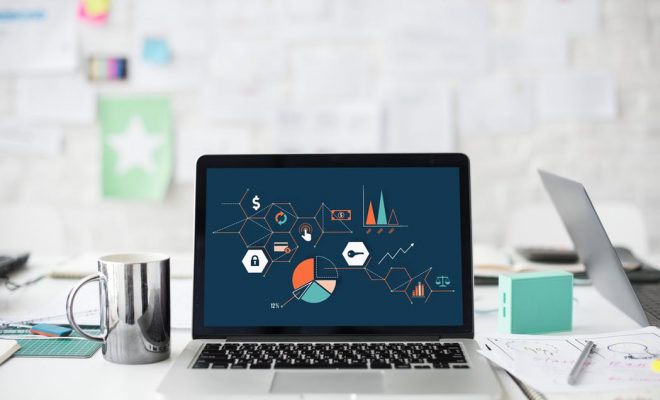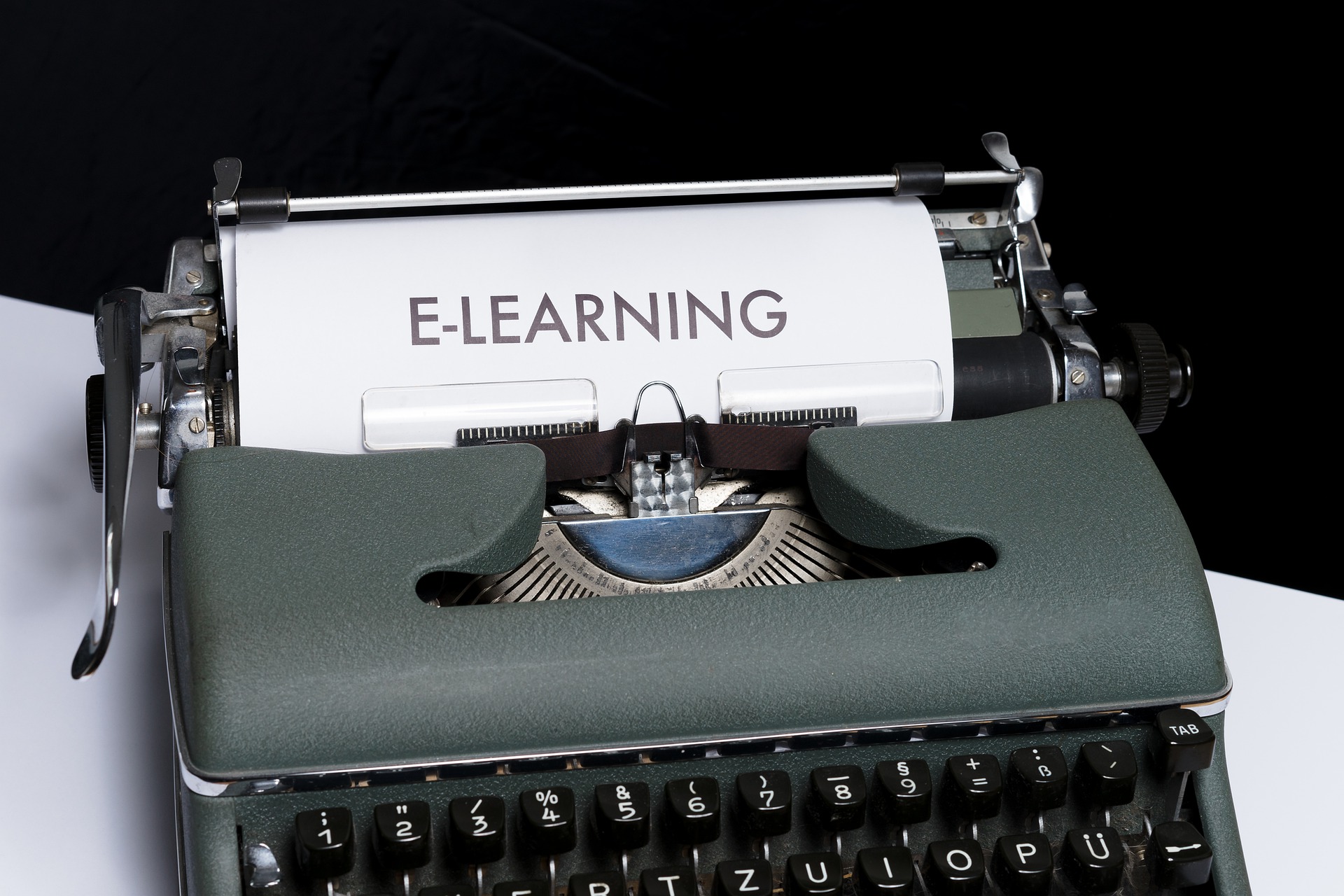Making K-12 and Higher Education Leaders Love Your LMS

Learning management systems are closely linked to eLearning. A learning management system (LMS) is a software application that is used for the administration, documentation, tracking, reporting, and delivery of educational courses, training programs, or learning and development programs.
What are the features that K-12 and higher education institutions look out for before committing to an LMS?
For both K-12 and higher education, the LMS must be aligned with the institutional goals. Schools that have had success with their choice of LMS, say that they chose the system based on how well it supported their institutional goals.
The next most important factor is that the LMS should improve teaching and learning. This is its primary goal. The LMS must show that it can streamline workflows and provide more personalized learning opportunities. This means the LMS must bring something new to the table that adds value to the existing processes.
Developing an LMS that will meet the needs of all the school’s stakeholders will require feedback of users’ experience with current or past systems as well as a clear understanding of their expectations for a new LMS. The LMS developers must ascertain what hasn’t worked before for teachers, administrators and students before they start developing an LMS for a customer.
The ideal LMS won’t change from year to year. It will provide the same academic experience throughout the years of learning. It must not be so complicated that it detracts from the learning experience.
LMS providers must instill confidence in the reliability of their system. Schools will be more positively disposed towards an LMS vendor that can guarantee there won’t be outages, delayed response times or loss of data. This is a key feature that vendors must address.
Education providers don’t just want a product, a service or a contract. They are on the lookout for an entity that they can partner with. An LMS vendor must be prepared to stay for the long haul with the institution that signs up for their solution. They want someone they can keep on collaborating with as things change or go wrong over the years.
LMS providers should consider providing prospective customers with a sandbox environment where they can put the product to the test and try it out in virtual reality. All the stakeholders, administrators, teachers and students should have access to the sandbox. This way they get a feel for how the LMS will affect daily operations, for the institution, different groups and individuals.
Schools and higher education institutions need learning management systems that can adapt, scale and stay relevant. LMS providers must be able to show that their software solution will be able to adjust to currently unknown factors that might affect the learning environment in the future. How does the LMS allow for unforeseen circumstances? For instance, will it be able to allow for new legislation?
The best learning management systems for schools are easily accessible, easy to use, are compatible with other applications, are scalable and allows for customization.






